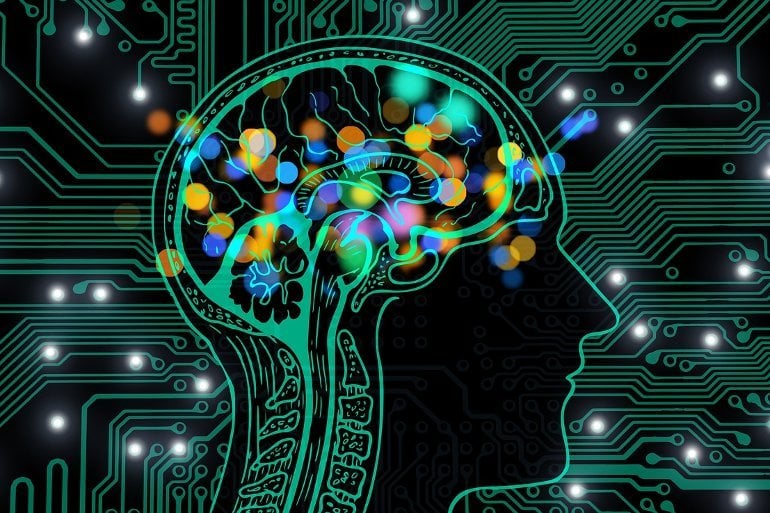
– Neurology research can include information involving brain research, neurological disorders, medicine, brain cancer, peripheral nervous systems, central nervous systems, nerve damage, brain tumors, seizures, neurosurgery, electrophysiology, BMI, brain injuries, paralysis and spinal cord treatments.
Summary: Researchers have developed a family of adeno-associated viral vectors (AAVs) that are able to cross the blood-brain barrier to deliver gene therapies directly to the brain.Source: Broad Institute. Researchers have engineered viruses called adeno-associated viruses (AAVs) to deliver cargo — such as a functioning copy of a gene — to specific cells and organs, but they don’t always get to their desired destination.Researchers at the Broad Institute of MIT and Harvard have now developed a family of AAVs that is able to reach a particularly challenging target tissue — the brain.The new AAVs can cross the blood-brain barrier, which keeps many drugs from getting into the brain.This family of AAVs, called the PAL family, could be a safer and more efficient way to deliver gene therapies to the brain.
The AAVs were designed in the lab of Pardis Sabeti, who is an institute member at the Broad, a professor at Harvard University and the Harvard T.H.“We generated a massive pool of randomly generated AAV capsids and from there narrowed down to ones able to get into the brain of both mice and macaques, deliver genetic cargo, and actually transcribe it into mRNA,” said study lead author Allie Stanton, a Harvard Medical School graduate student in the Sabeti lab.Using DELIVER, the team developed the PAL family of AAVs that cross the blood-brain barrier more effectively than AAV9 — the only FDA-approved viral vector for use in the nervous system.Funding: Support for this research was provided in part by an anonymous philanthropic gift, the Howard Hughes Medical Institute, the National Institutes of Health, a Shark Tank award from the Chemical Biology and Therapeutic Sciences program at the Broad Institute, and the American Society of Gene & Cell Therapy